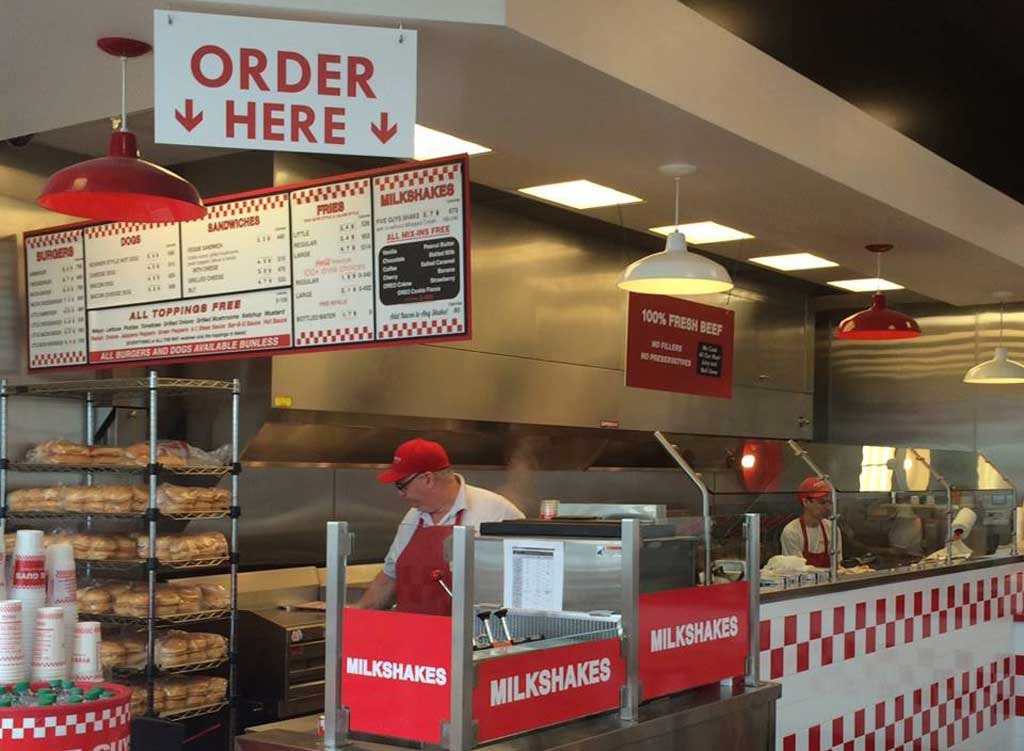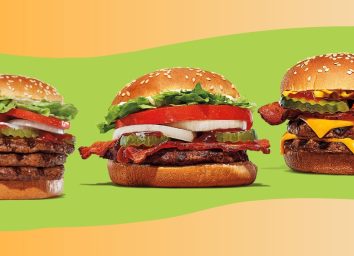Calorie Counts Are Now Mandatory on Most Menus

Update (May 7, 2018): Starting Monday, May 7, 2018, over 20 types of food establishments are required by the FDA to post their menu items' calorie counts in efforts to double down on transparency and help consumers make more informed food choices.
So where can you expect to see this new info? Restaurants with 20 or more locations are required to post calorie counts as well as full nutrition information, so you can stay on track whether you're counting calories, or following a low-carb or high-fat diet. Some vending machines will also require signs or digital displays to show calorie counts so that buyers can be aware of a snack's nutrition info before pushing the purchase button. However, the FDA warns that certain foods in glass-front vending machines may delay calorie labeling until July 26, 2018. You can also expect to see calorie counts listed next to prepared foods from supermarkets and convenience stores, fast food chains, drive-thru windows, sit-down restaurants, takeout and delivered food, foods at movie theaters and amusement parks, self-serve food at a salad bar or buffet, and alcoholic drinks listed on menus.
So where won't you see calorie info? Foods sold at deli counters; foods purchased in bulk (think loaves of bread at your grocery store's bakery); liquor bottles at a bar; food in transportation vehicles (including food trucks, airplanes, and trains); and elementary, middle, and high school menus that are part of U.S. Department of Agriculture's National School Lunch Program are all not required to disclose the revelatory digits.
And there's more. While the FDA recognizes a 2,000-calorie diet as the norm for most adults, the agency is requiring restaurants to add a statement on menus that reminds consumers that calorie needs vary per each individual to achieve a healthy body weight. And for kids' menus, the FDA is permitting the following statement to be posted: "1,200 to 1,400 calories a day is used for general nutrition advice for children ages 4 to 8 years and 1,400 to 2,000 calories a day for children ages 9 to 13 years, but calorie needs vary."
Original Post (Nov. 9, 2017): Good news for those of us who care about what's in our food: After delaying plans to have retailers across the nation add calorie counts to their menus, the FDA has finally implemented a deadline. By May 2018, expect to see calorie counts printed across menu boards at your favorite restaurants and hopefully in delis and grocery store buffets, too.
"Consumers need and want calorie information when they eat out, and this is a positive sign that FDA will work with industry to give consumers that information," Center for Science in the Public Interest's Vice President for Nutrition, Margo Wootan, wrote in a statement.
Following implementation, the FDA's mandate will improve transparency and help us adhere to our health goals when dining out. So while you may no longer be able to ignore the amount of sodium in your fried chicken cheat meal, you'll be provided with the means to make better choices. "At a time when more than a third of U.S. adults are obese and more people are trying to make healthier lifestyle decisions, we know making informed choices about our diets has the potential to save and improve lives," Scott Gottlieb, the Food and Drug Administration commissioner assured. Until then, stick to avoiding The #1 Worst Menu Option at 41 Popular Restaurants at all costs.








